App monetization is a crucial aspect of the mobile app industry, allowing every app developer and advertiser to generate revenue from their apps. With the increasing popularity of smartphones and the growing demand for mobile applications, it has become essential to explore effective strategies for maximizing revenue through app monetization.
In this comprehensive guide, we will delve into the world of app monetization, examining its importance, various strategies, optimization techniques, key metrics for measuring success, and more. By the end of this article, you will have a solid understanding of how to unlock the revenue potential of your mobile app.

What is App Monetization?
In order to keep any business running, revenues and money lines should be flowing and the development application is no exception. That is to say that app developers expect to make money in return for the hard work and expertise they invest in their products.
In fact, app monetization is the practice of making money from apps, and as you might already know, there are more than a couple of different ways app developers can make sure their hard work is paid dearly and sufficiently.
Nowadays, app publishers and developers utilize various revenue models to monetize their apps, including offering free apps and employing freemium models. Video ads are often integrated to generate income. iOS apps adhere to strict guidelines for a consistent user experience.
App Monetization Statistics
Before diving into the details, let’s take a look at some compelling statistics that highlight the revenue potential of app monetization:
The mobile app industry is projected to reach a market value of over $935 billion by 2023. (Statista)
In 2020, global consumer spending on mobile apps amounted to $143 billion. (App Annie)
By 2022, in-app advertising spending is estimated to reach $201 billion. (Statista)
In 2020, in-app purchases accounted for over 95% of mobile gaming revenue. (Sensor Tower)
The average revenue per user (ARPU) for mobile apps in the United States was approximately $1.98 in 2020. (eMarketer)
These statistics highlight the immense revenue potential within the mobile app industry, making it a lucrative space for app developers and advertisers to explore.
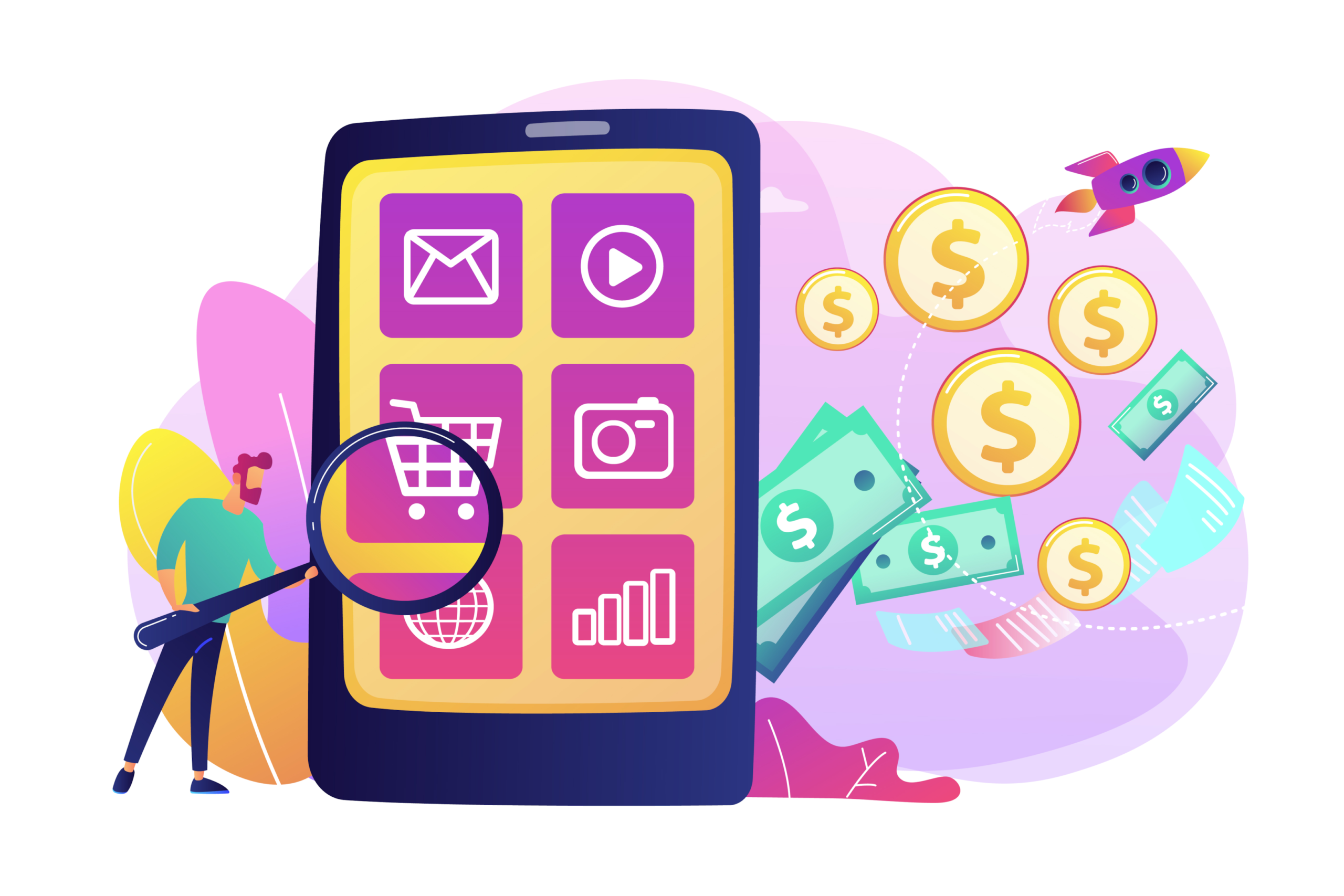
What is app monetization and why is it important?
Definition and concept of app monetization
App monetization refers to the process of generating revenue from mobile applications. It involves implementing various strategies and models to monetize the app’s features, content, or user base. By effectively monetizing an app, developers can turn their creations into sustainable sources of income.
Importance of app monetization for developers and advertisers
App monetization is vital for both app developers and advertisers. For developers, it provides a means to generate revenue and sustain their app development efforts. Monetization enables them to invest in further enhancements, updates, and marketing initiatives.
For advertisers, app monetization offers a valuable opportunity to reach a large and engaged audience. By placing relevant ads within apps, advertisers can effectively target their desired user base and increase brand visibility.

Key metrics for measuring app monetization success
To measure the success of app monetization strategies, several key metrics come into play:
Retention rate
This metric measures the percentage of app users who continue to engage with the app over a specific period. Higher retention rates indicate a more engaged user base and potential for monetization.
App stickiness
App stickiness measures how frequently app users return to the app. It reflects the app’s ability to retain users and generate recurring revenue.
Average revenue per user (ARPU)
ARPU calculates the average revenue generated per user. It provides insights into the app’s revenue potential and user monetization effectiveness.
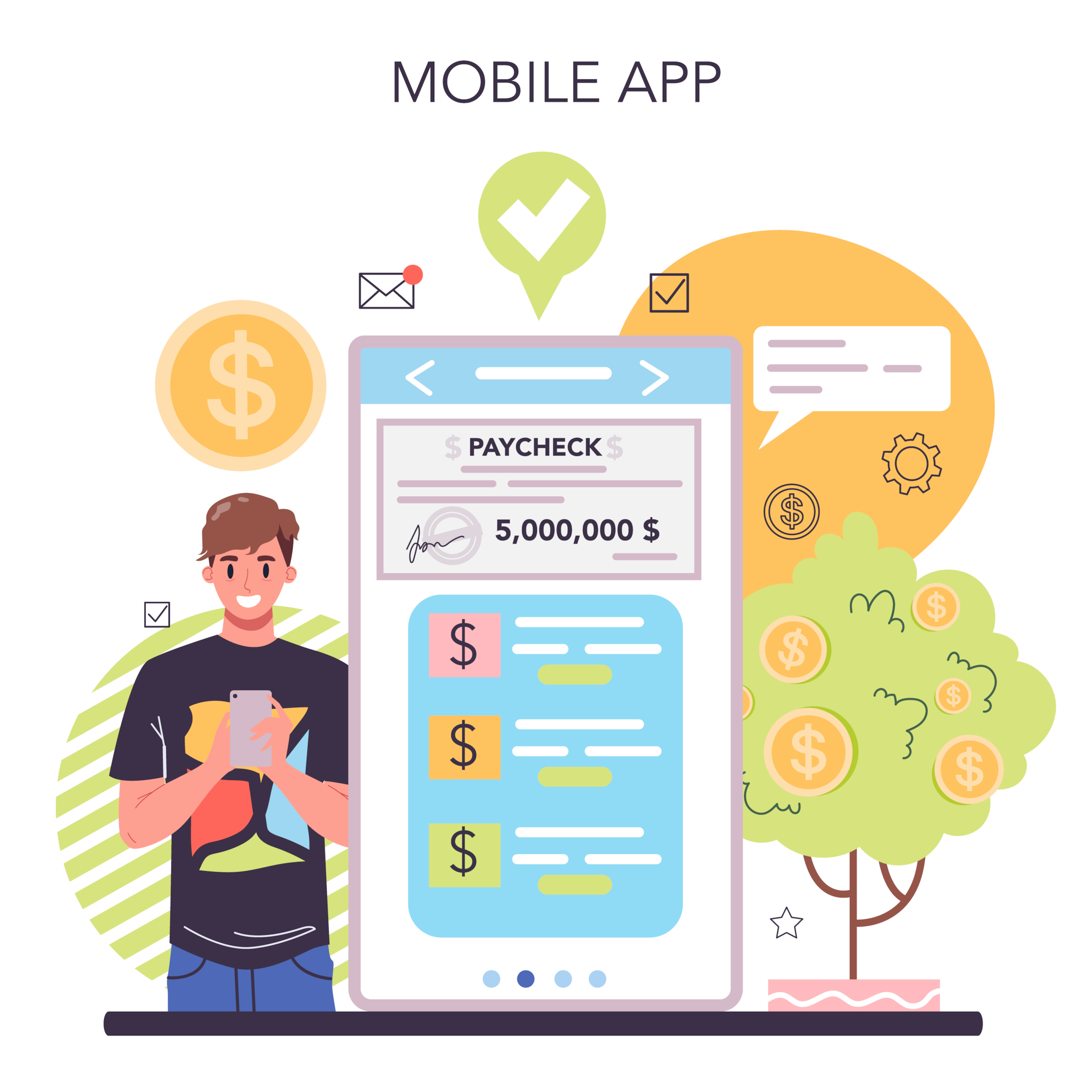
Lifetime value (LTV)
LTV estimates the total revenue generated by a user during their entire engagement with the app. It helps evaluate the long-term profitability of users.
Funnel conversion rates
These rates track the progression of app users through various stages of engagement, such as app download, in-app purchases, or subscriptions. They indicate the conversion efficiency of monetization strategies.
These metrics are essential for evaluating the effectiveness of app monetization efforts and identifying areas for improvement.
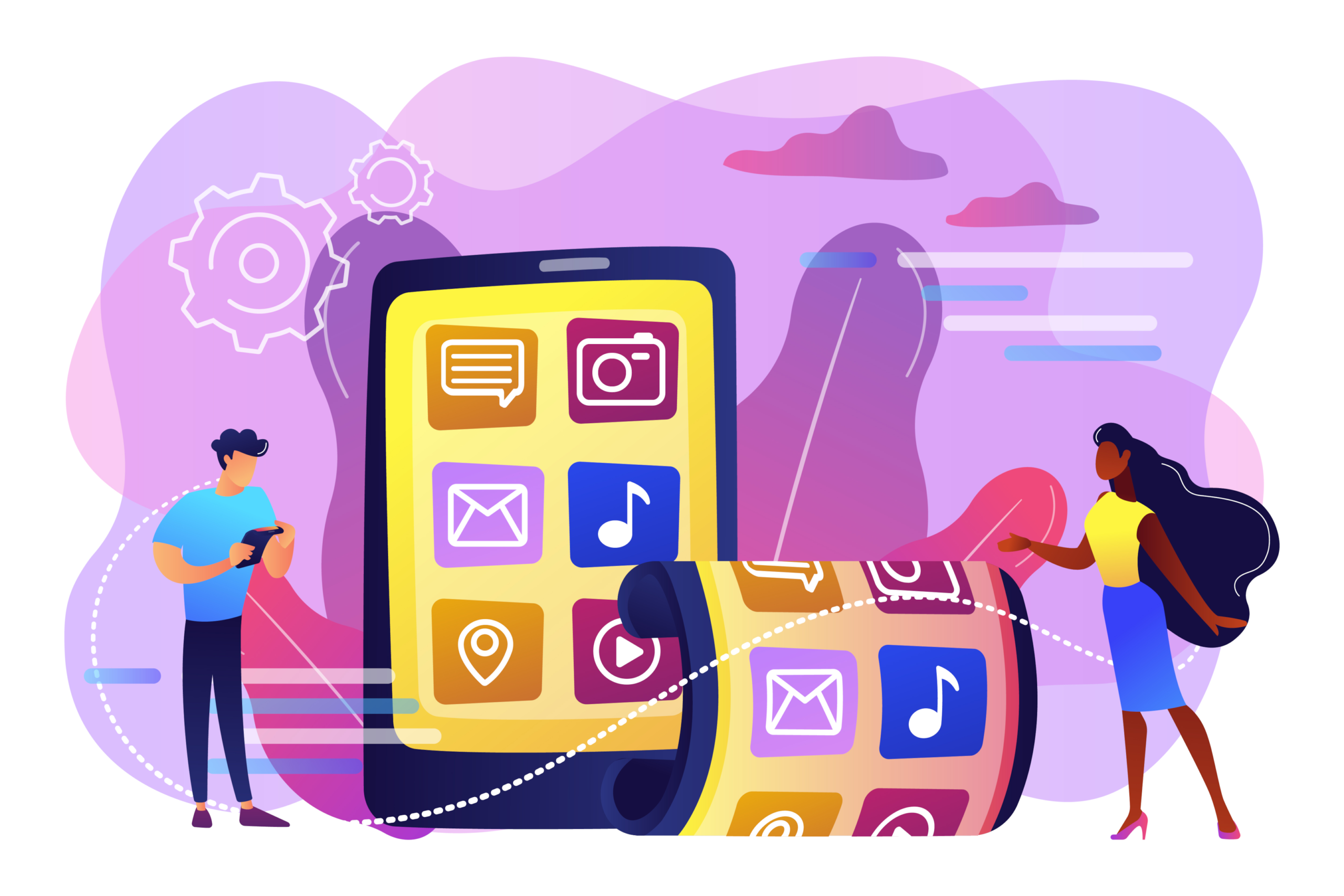
App monetization models and Strategies
In this chapter, we will explore various app monetization models and strategies to help you choose the most suitable approach for your mobile app.
In-App Purchases (IAP)
In-app purchases allow users to buy virtual goods, premium features, or additional content within the app. This app monetization model is especially popular in mobile games, where users can enhance their gaming experience by purchasing in-game currency, power-ups, or exclusive items.
Advantages:
Offers a direct revenue stream by allowing app users to make purchases within the app.
Can be applied to various app categories, including gaming, productivity, and entertainment.
Provides opportunities for upselling and cross-selling.
Disadvantages:
Requires careful balancing to avoid overly aggressive monetization that may alienate users.
This can create a disparity between paying and non-paying users, affecting the app’s overall user experience.
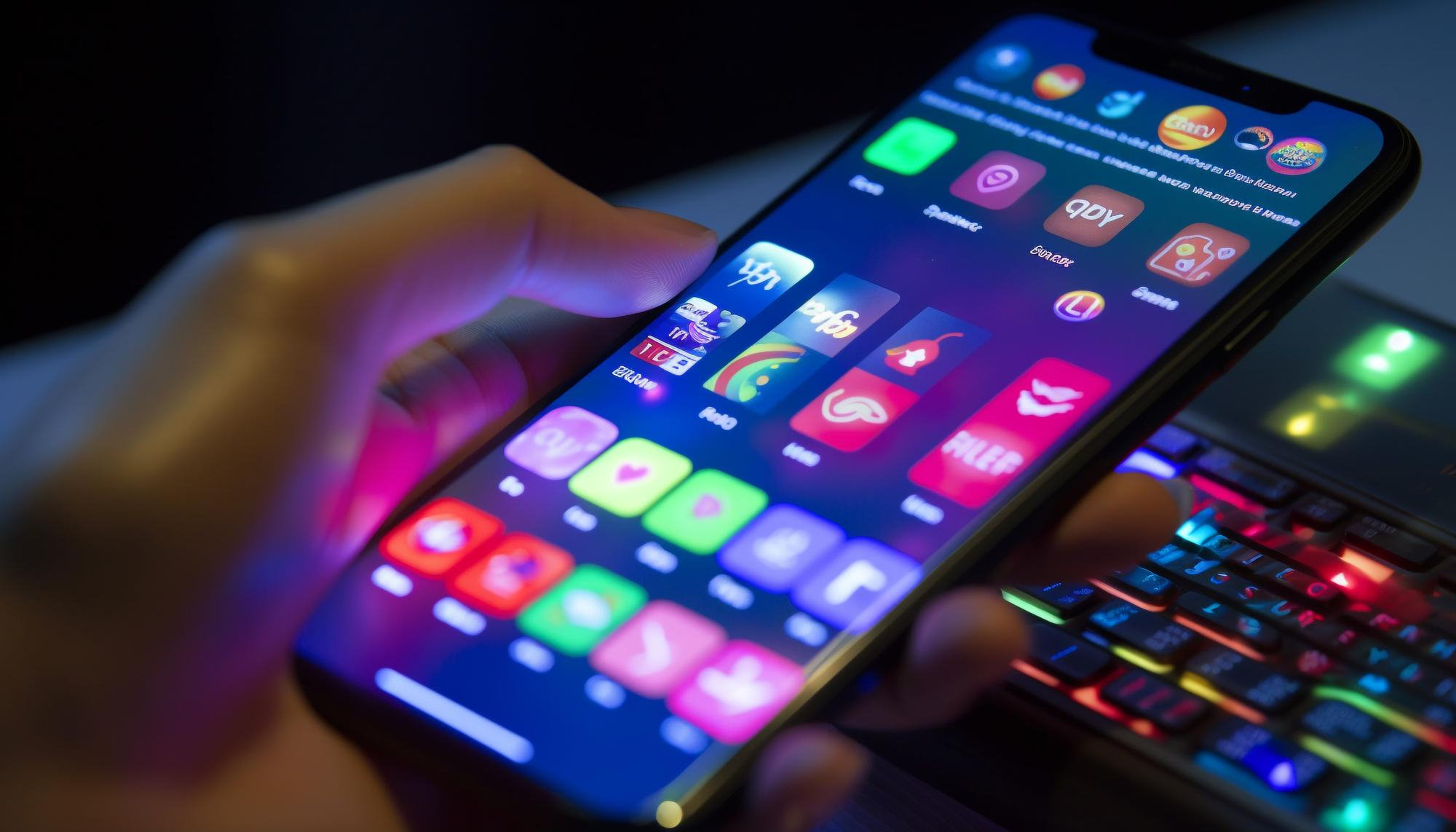
Freemium App Subscriptions
The freemium model offers free access to basic app features while providing premium subscriptions for enhanced functionality or exclusive content. Users can choose to subscribe on a recurring basis, unlocking additional benefits.
Advantages:
Allows users to experience the app before committing to a subscription.
Provides a steady and recurring revenue stream.
Offers opportunities for additional revenue through tiered subscription plans.
Disadvantages:
Requires convincing users to upgrade to paid subscriptions.
Requires continuous investment in new content or features to incentivize subscriptions.
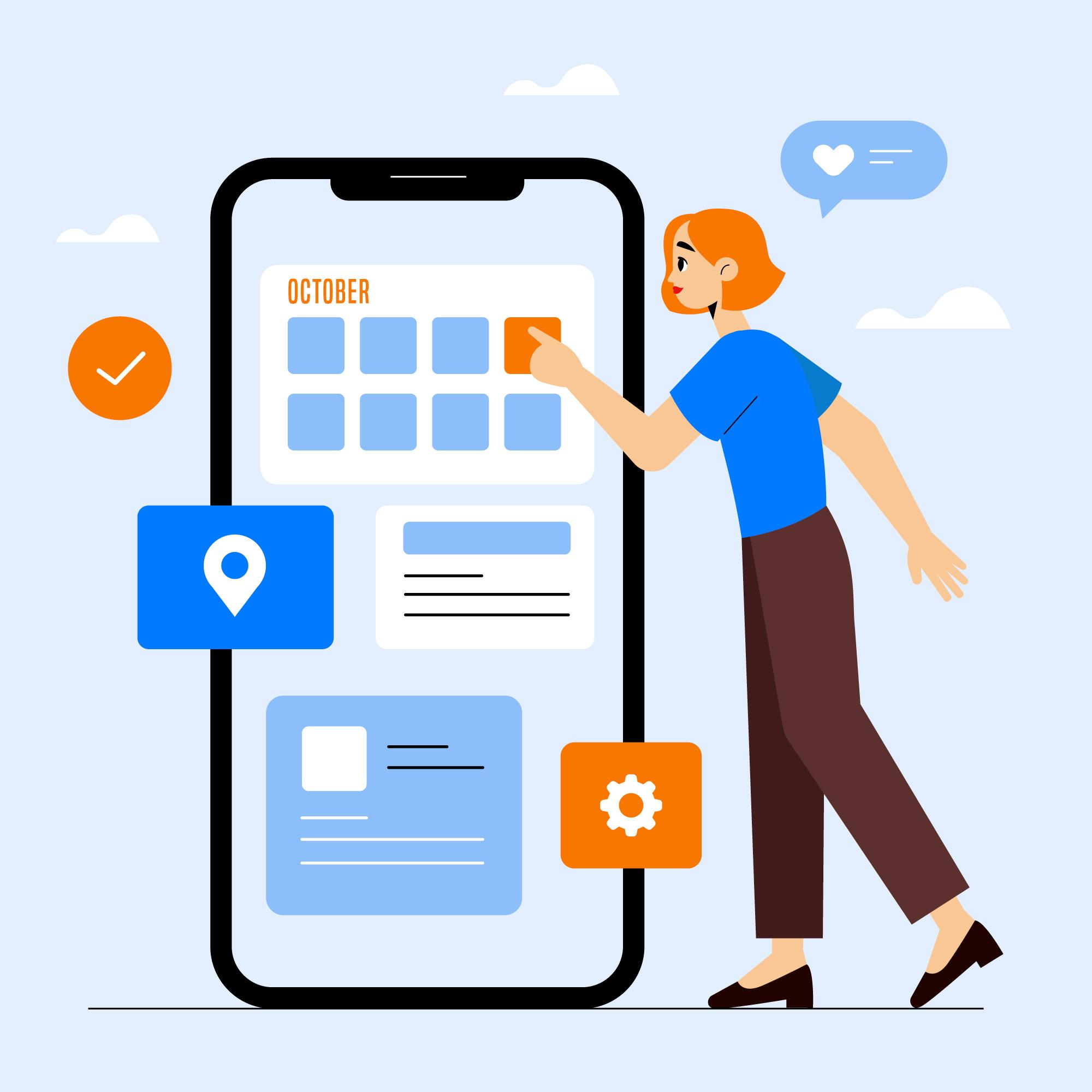
In-App Advertising (IAA)
In-app advertising involves displaying ads within the app interface. These ads can take various forms, including banner ads, interstitial ads, rewarded videos, or native ads. Advertisers pay the app publisher for impressions, clicks, or successful conversions.
Advantages:
Offers a revenue stream without direct user payment.
Can be implemented in various app categories.
Allows targeted advertising to reach a specific user base.
Disadvantages:
Requires careful ad placement to avoid disrupting the user experience.
May impact app performance and increase data usage.
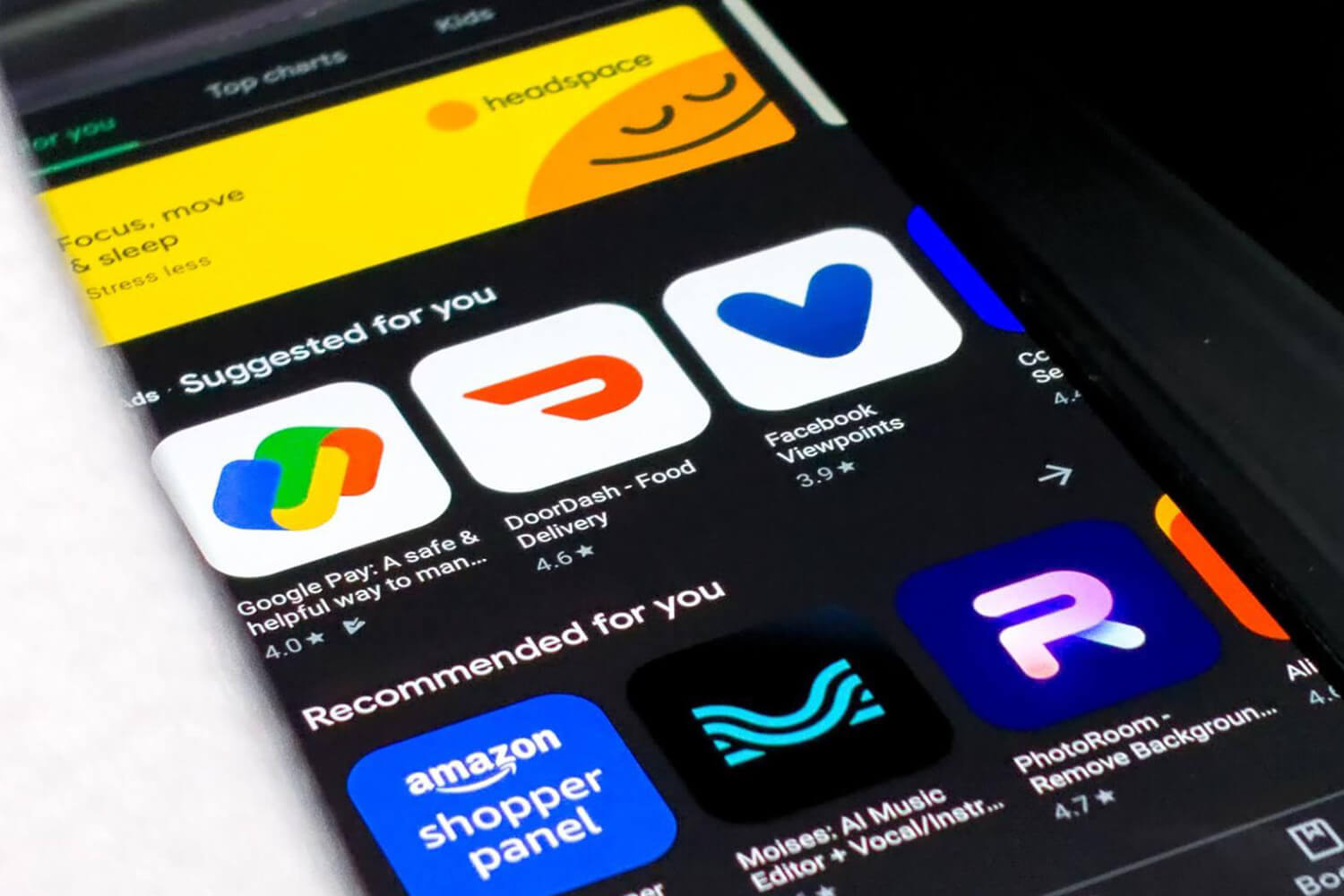
Paid Apps
The paid apps model involves charging users a one-time fee to download and access the app. Once purchased, users can enjoy the app’s full functionality without any additional payments.
Advantages:
Provides an upfront revenue stream without relying on in-app purchases or ads.
Offers a clear transactional model without ongoing monetization efforts.
Ensures all users have access to the app’s complete features and content.
Disadvantages:
Users may hesitate to pay for an app without experiencing it first.
Requires convincing users of the app’s value to justify the upfront cost.

Data Monetization
Data monetization involves leveraging user data, while ensuring privacy and compliance, to generate revenue. This can include selling anonymized data to third parties, conducting market research, or personalizing ads based on user preferences.
Advantages:
Offers a potential revenue stream without directly impacting the user experience.
Provides insights and analytics to optimize app performance and user engagement.
Can enhance targeted advertising efforts.
Disadvantages:
Requires transparent data collection practices to maintain user trust.
Must comply with data privacy regulations to protect user information.

Hybrid Monetization Strategy
A hybrid monetization strategy combines multiple monetization models to diversify revenue streams and maximize potential earnings. For example, an app may offer both in-app purchases and display ads to cater to different user preferences and monetization opportunities.
Advantages:
Provides multiple revenue streams, increasing the overall monetization potential.
Allows customization based on the app’s target audience and content.
Reduces reliance on a single monetization model, minimizing the impact of market fluctuations.
Disadvantages:
Requires careful balancing to avoid overwhelming users with monetization efforts.
May require additional development and management resources to implement multiple models.
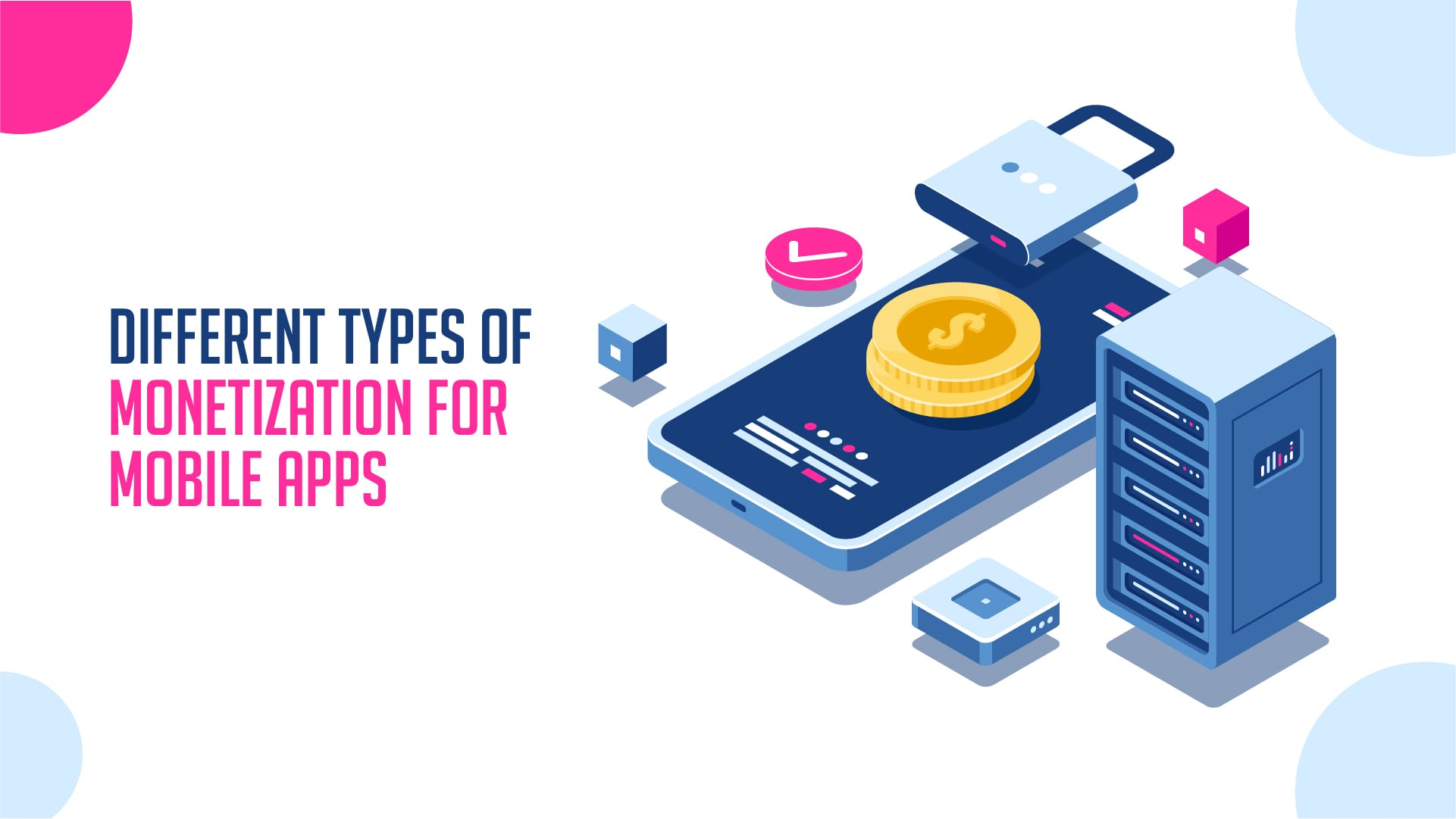
App store platform fees
When monetizing your app, it’s essential to consider the fees imposed by app store platforms, such as the Apple App Store and Google Play Store. These platforms charge a percentage of revenue for each transaction or subscription made through their stores.
Overview of app store fees for different platforms
App store fees vary depending on the platform and the specific transaction. For example, the Apple App Store charges a 30% commission on in-app purchases and subscriptions during the first year, which reduces to 15% for subscriptions in subsequent years.
On the other hand, the Google Play Store charges a 30% commission on in-app purchases and subscriptions, with no reduction after the first year.
Impact of app store fees on app monetization
App store fees directly affect the revenue generated from in-app purchases and subscriptions. App developers must account for these fees when pricing their products or subscriptions to ensure profitability. Additionally, it’s crucial to factor in app store fees when evaluating the financial viability of different app monetization models.
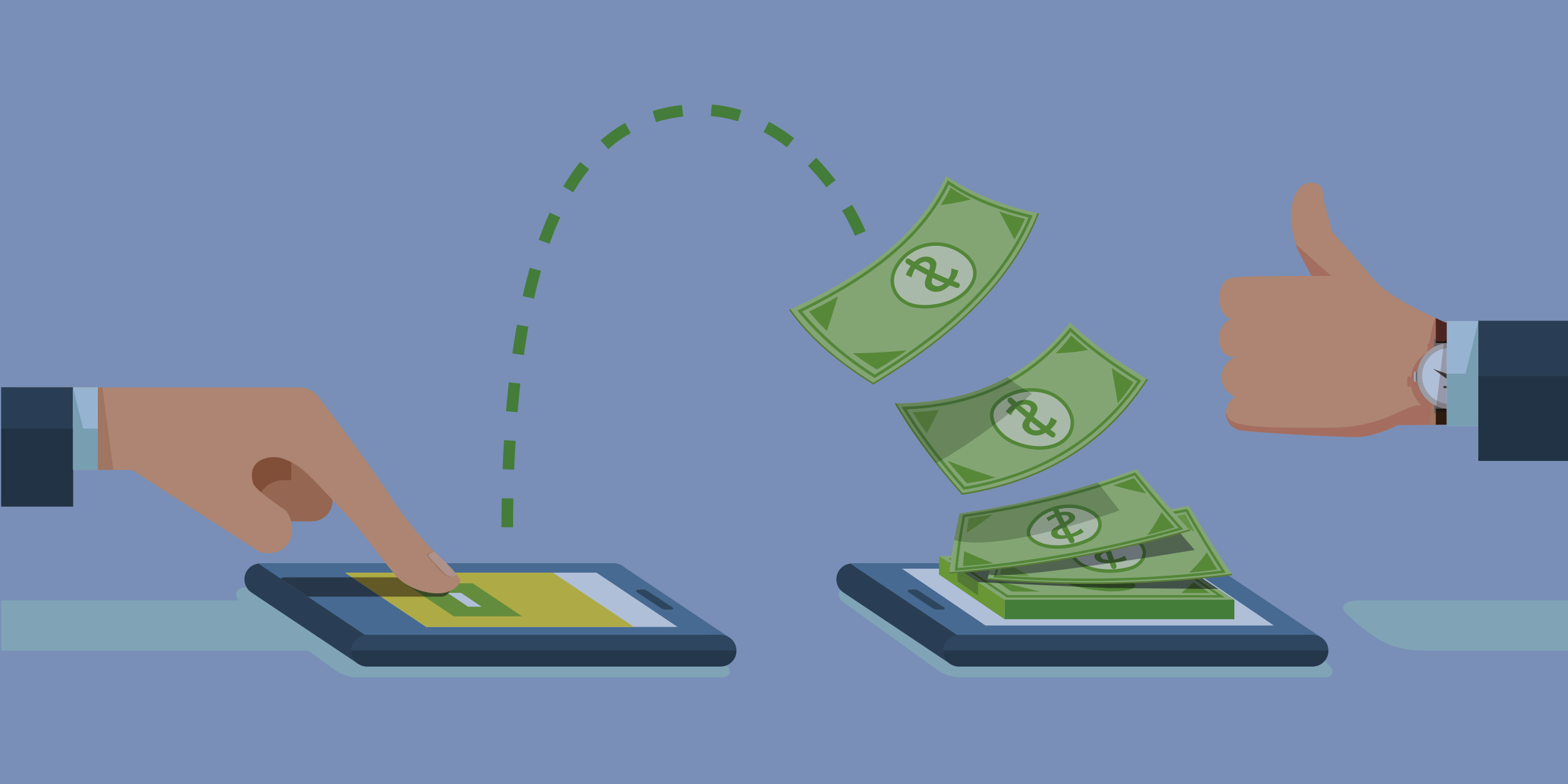
Optimization and Revenue Increase
To maximize revenue through app monetization, consider the following tips for creating an effective app monetization strategy:
Optimizing app for user experience and pricing
Ensure your app is user-friendly, intuitive, and provides value to users. Additionally, carefully determine the pricing structure to strike a balance between profitability and user acceptance.
Personalizing the user experience
Leverage user data and preferences to provide personalized recommendations, offers, or content. Tailoring the app experience to individual users increases engagement and the likelihood of monetization.
Offering value to users
Continuously enhance and update your app to provide ongoing value to users. Regular content updates, new features, and improved functionality encourage users to remain engaged and more likely to make purchases.
Focus on user retention
Retaining existing users is often more cost-effective than acquiring new ones. Implement strategies such as loyalty programs, rewards, or exclusive content to incentivize users to continue using the app and making purchases.
Continuous testing and optimization
Regularly analyze user behavior, conversion rates, and monetization metrics. A/B testing, user surveys, and feedback analysis help optimize the app monetization strategy to increase revenue.
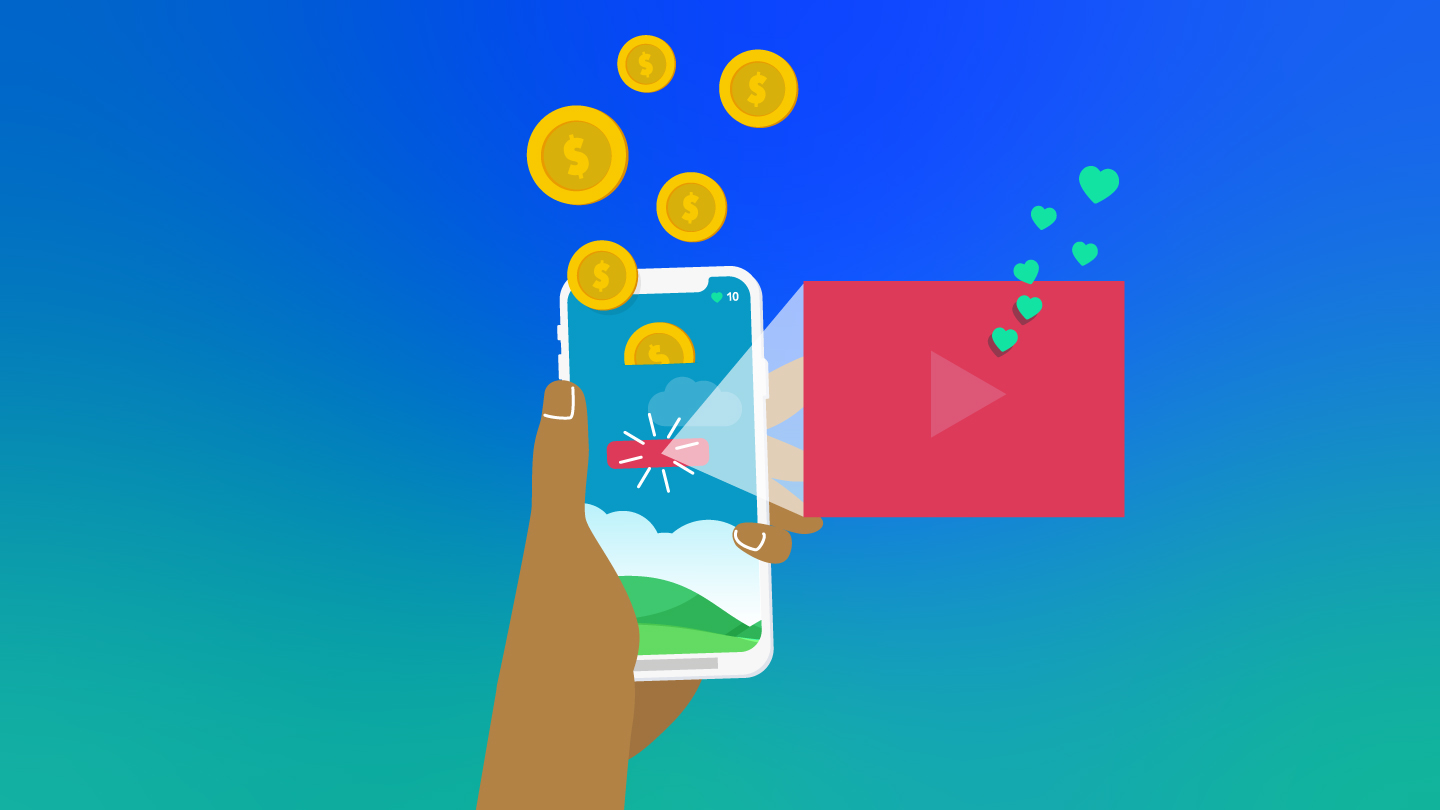
Key Metrics to measure app monetization effectiveness
To gauge the effectiveness of your app monetization efforts, monitor the following key metrics:
Retention rate
Measure the percentage of users who continue to use the app over time. Higher retention rates indicate better user engagement and potential for monetization.
App stickiness
Track how frequently users return to the app. Higher stickiness reflects a loyal user base and increased revenue potential.
Average revenue per user (ARPU)
Calculate the average revenue generated per user. Increasing ARPU indicates successful monetization efforts and user value.
Lifetime value (LTV)
Estimate the total revenue generated by a user throughout their engagement with the app. Higher LTV indicates long-term profitability and successful monetization.
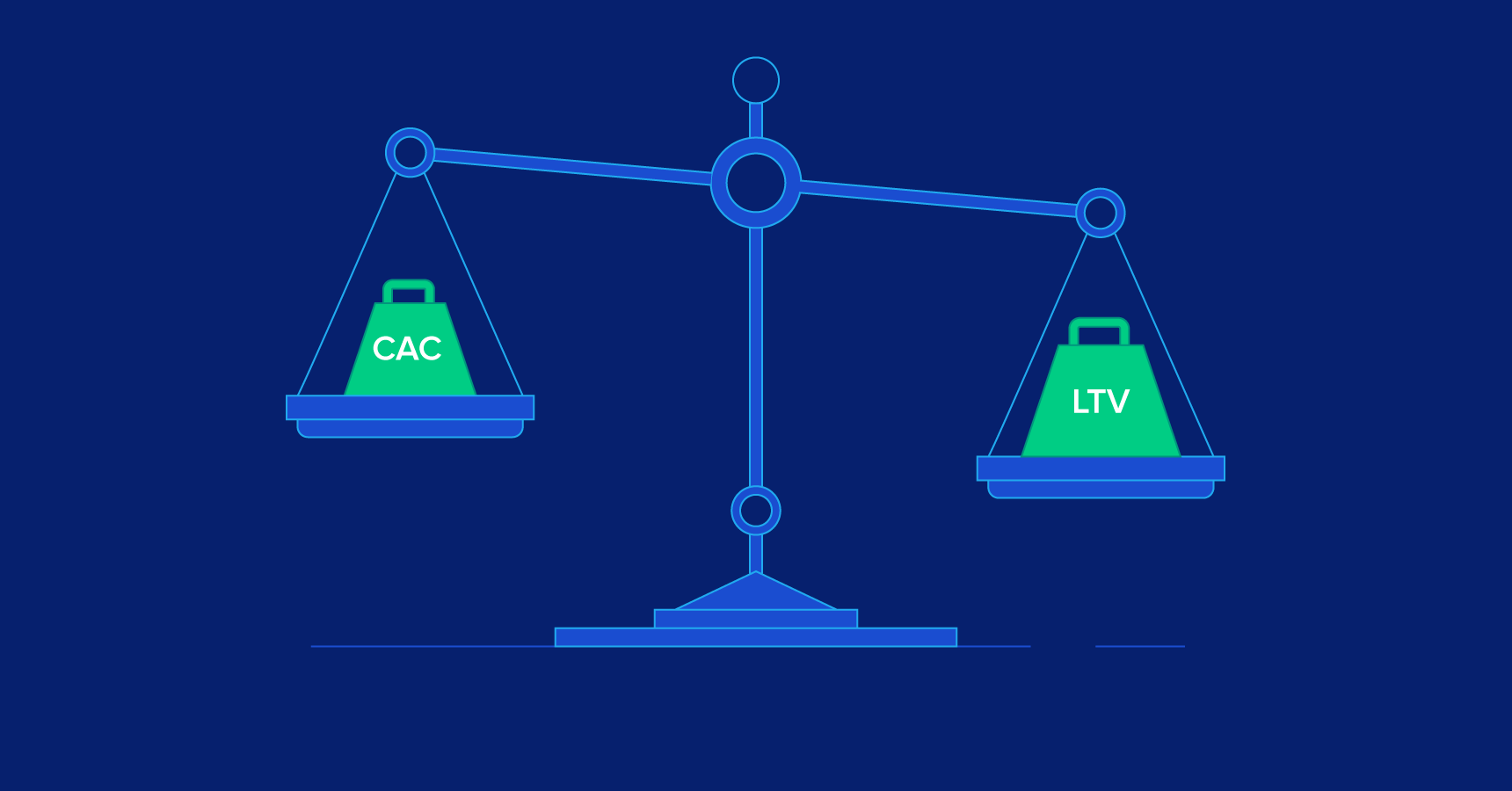
Funnel conversion rates
Analyze the conversion rates at different stages of the user journey, such as app downloads, in-app purchases, or subscription sign-ups. Optimization of funnel conversion rates helps identify areas for improvement and revenue growth.
By tracking and analyzing these metrics, you can gain valuable insights into the effectiveness of your app monetization strategies and make data-driven decisions for further optimization.
Key Takeaways
App monetization is crucial for generating revenue from mobile applications and sustaining app development efforts.
Various monetization models and strategies exist, including in-app purchases, freemium subscriptions, in-app advertising, paid apps, data monetization, and hybrid models.
App stores fees imposed by platforms like the Apple App Store and Google Play Store impact revenue generated from in-app transactions and subscriptions.
Optimizing user experience, personalizing the app, offering value, focusing on retention, and continuous testing is key to maximizing the monetization of apps.
Key metrics for measuring the monetization of apps’ effectiveness include retention rate, app stickiness, ARPU, LTV, and funnel conversion rates.
Free apps can make money through advertising, in-app purchases, subscriptions, or data monetization.
The cost of advertising on an app depends on factors such as app popularity, user demographics, ad format, and engagement metrics.

Conclusion
Monetizing mobile apps is a vital aspect of the app development process. By understanding app monetization models, optimizing user experience, and implementing effective strategies, developers, and advertisers can maximize revenue and tap into the lucrative potential of the mobile app industry.
Remember, app monetization is an ongoing process that requires continuous testing, optimization, and adaptation to stay relevant in a dynamic market. With the right approach and a focus on user value, you can unlock the true revenue potential of your mobile app.
Frequently Asked Questions (FAQs)
How can I improve my app monetization?
To improve your app monetization, focus on optimizing the user experience and providing value to your users. Personalize the app experience, offer in-app purchases or subscriptions that align with your app’s content, and continuously test and optimize your monetization strategy. Additionally, prioritize user retention by delivering regular updates, engaging content, and exceptional customer support.
What are the mobile app monetization strategies?
Mobile app monetization strategies include in-app purchases, freemium model subscriptions, in-app advertising, paid app downloads, and data monetization. Each strategy has its advantages and considerations. Choosing the right strategy depends on your app’s nature, target audience, and revenue goals.
What is your monetization strategy?
As an AI language model, I don’t have a specific monetization strategy. However, popular monetization strategies include a combination of in-app purchases, subscriptions, and in-app advertising. The choice of strategy depends on the nature of the app, the target audience, and the desired app revenue model.
What is the easiest and most common way to monetize a mobile app?
The easiest and most common way to monetize a mobile app is through in-app advertising. By integrating ads into your app, you can generate revenue based on impressions, clicks, or conversions. Ad networks and platforms make it relatively straightforward to implement ad monetization. However, it’s important to carefully consider the placement and frequency of ads to maintain a positive user experience and avoid overwhelming your users with advertisements.
What is a monetization strategy?
A monetization strategy is a plan or approach that businesses or individuals use to generate revenue from their products, services, or digital platforms. It involves identifying and implementing methods to effectively convert value into profits. Strategies may include advertising, subscription models, selling products or services, partnerships, or other revenue-generating activities. The goal is to find sustainable ways to generate income and maximize profitability while delivering value to customers or users.



